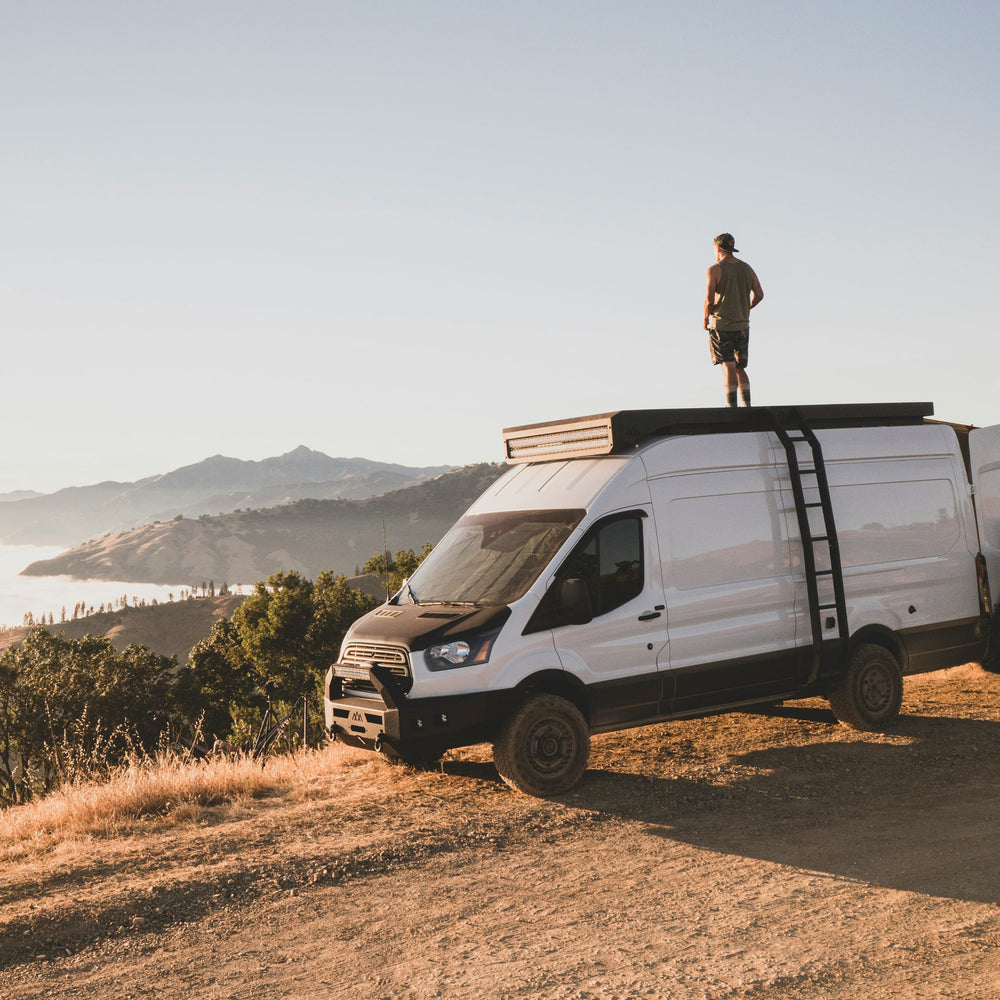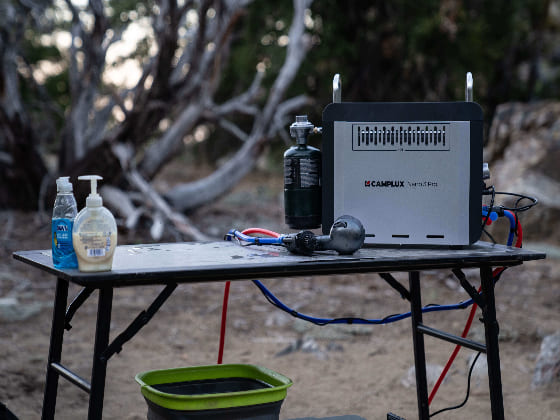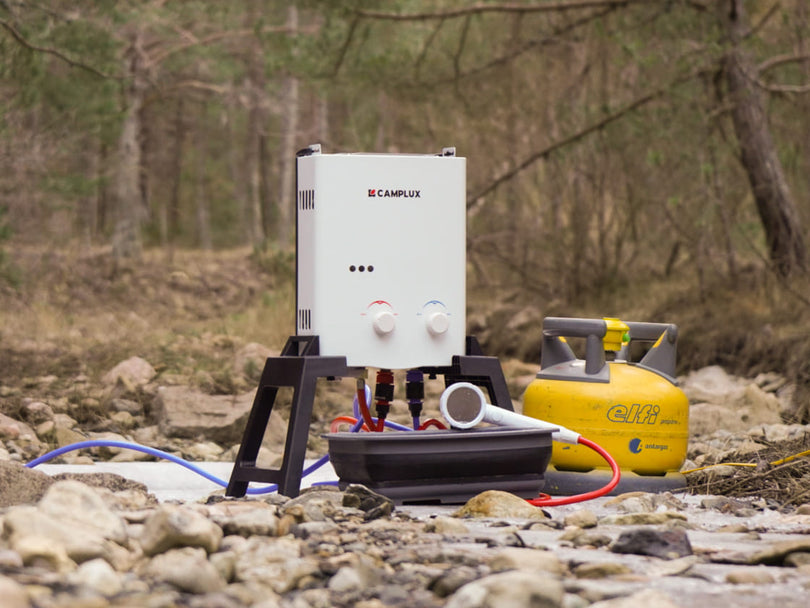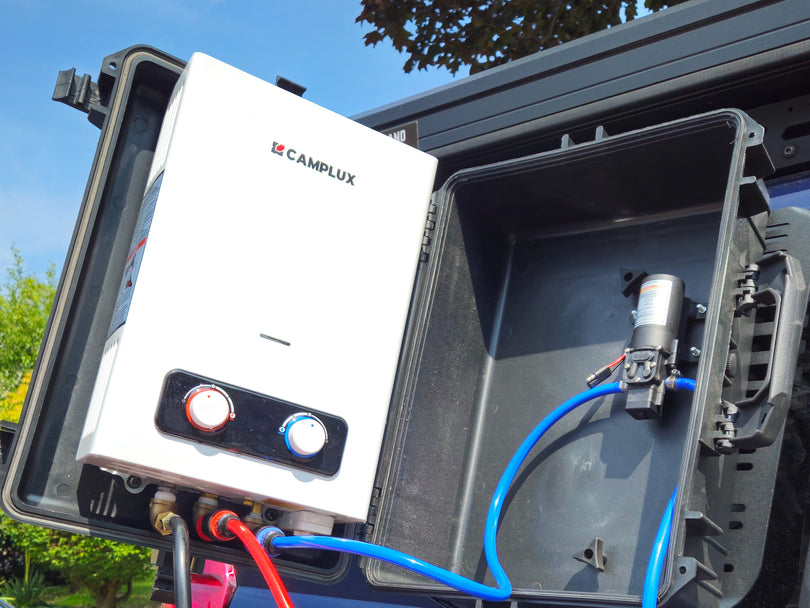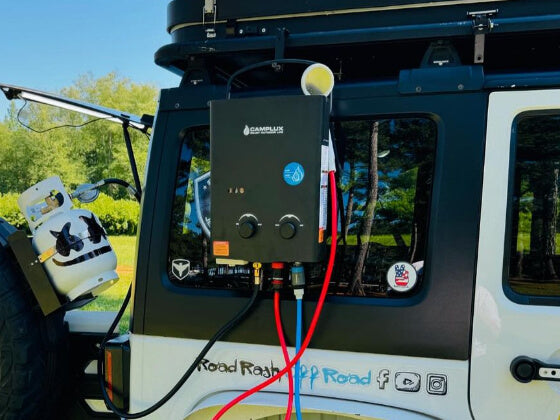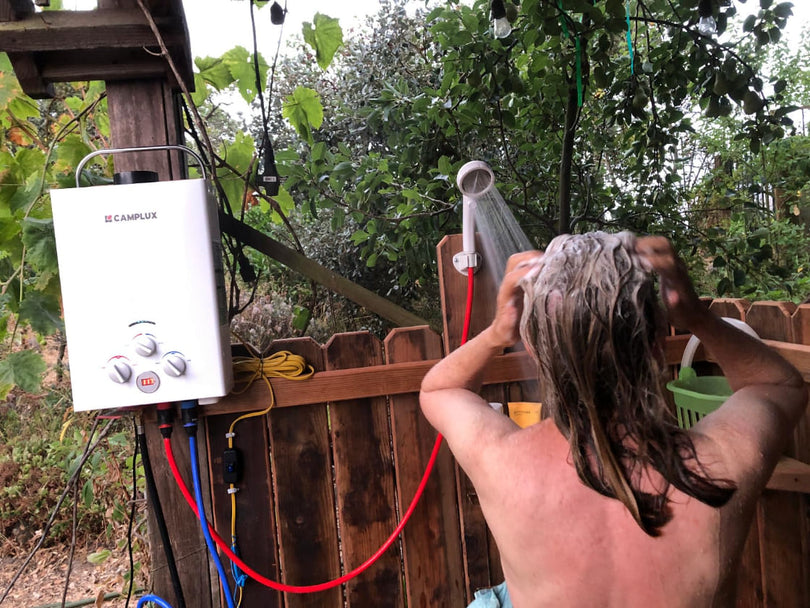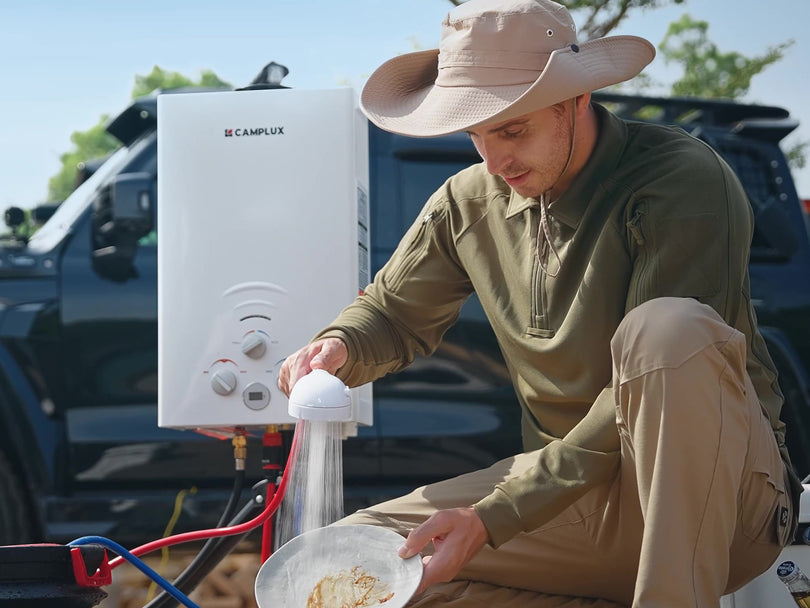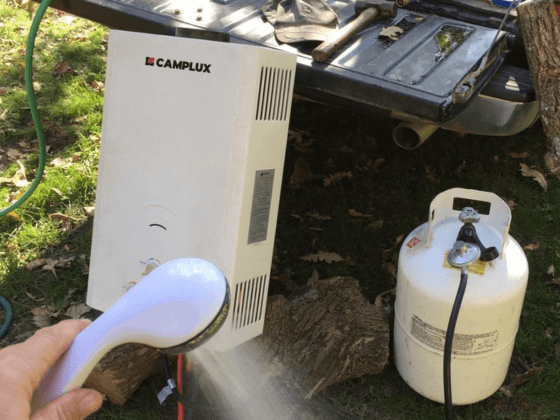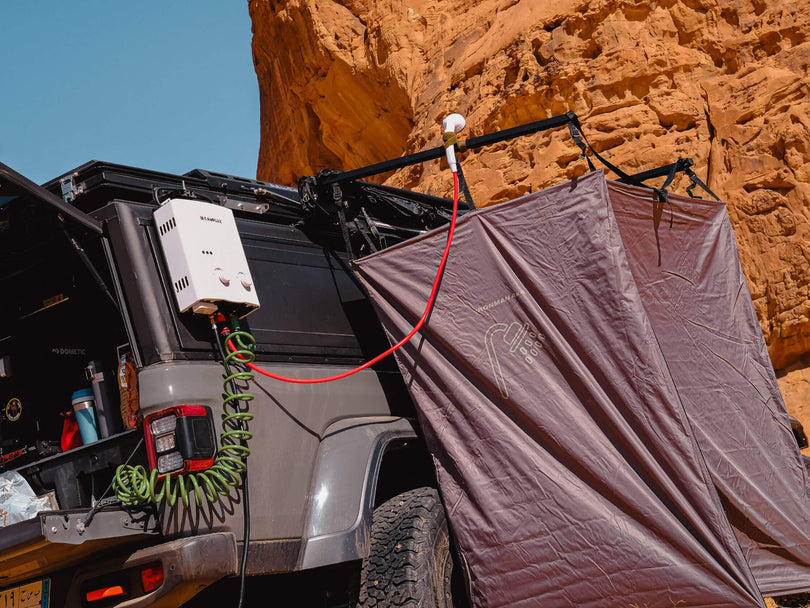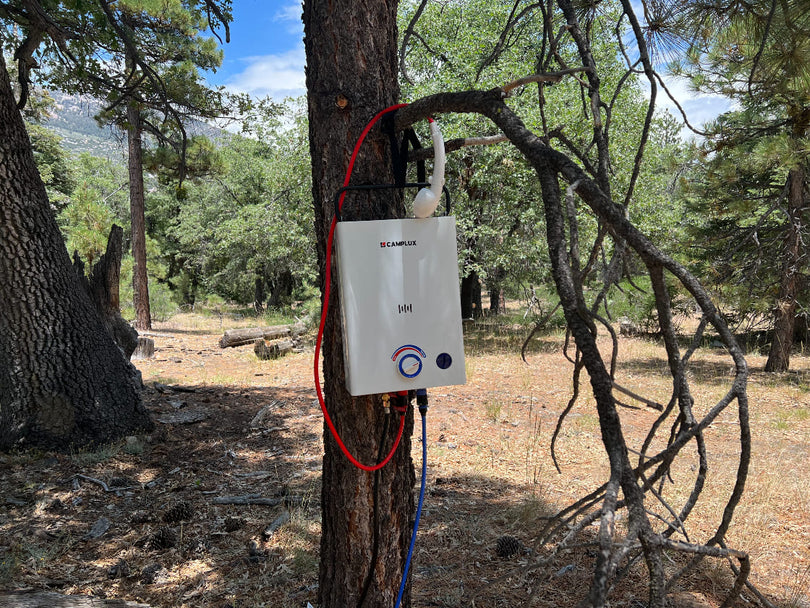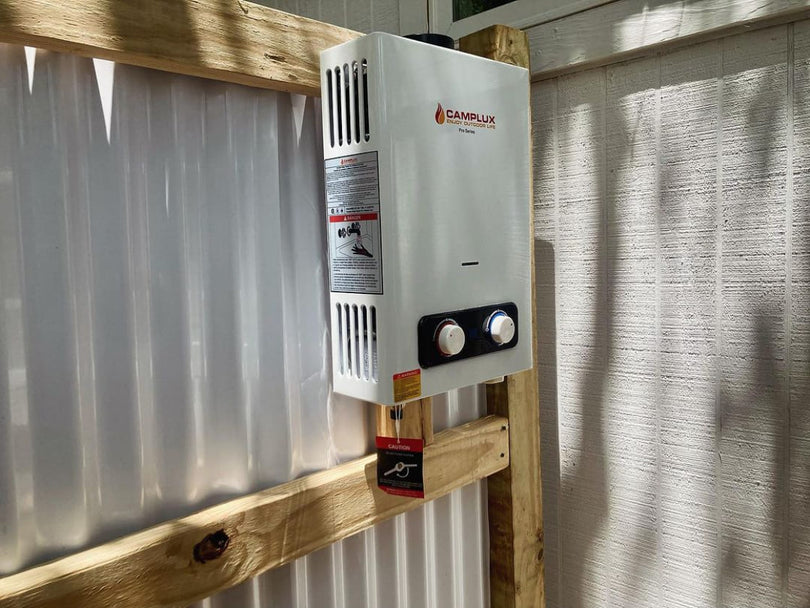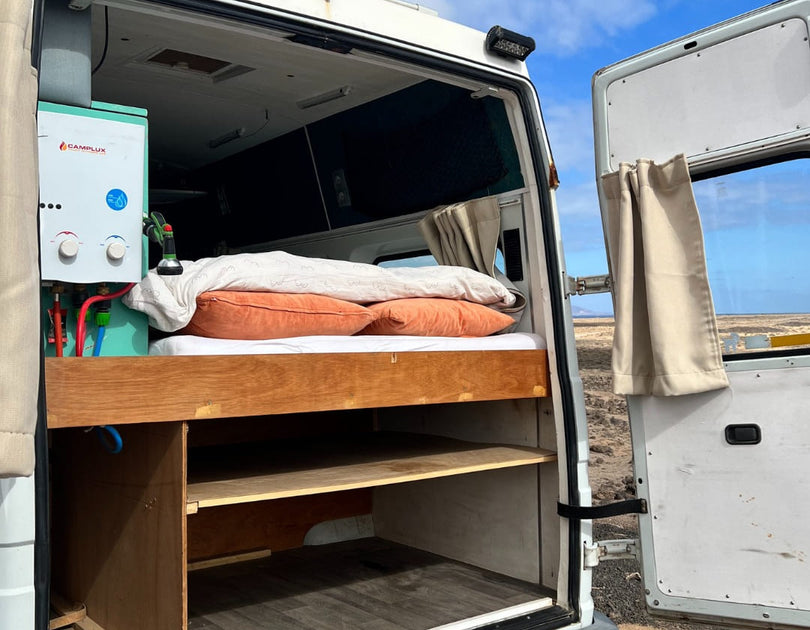Tips & Tricks for Camping Gear Storage at Home
When it comes to camping, having the right gear is essential for a successful trip. But what happens when you return home? Properly storing your camping gear is crucial to ensure its longevity and functionality for future adventures. Here are some tips and tricks for camping gear storage at home:
1. Clean and Dry
Before storing your camping gear, make sure to clean and dry it thoroughly. This applies to tents, sleeping bags, cooking utensils, and any other equipment or clothing you used during your camping trip. Cleaning off dirt, debris, and any food particles will prevent mold and mildew from forming.
2. Organize and Categorize
Keeping your camping gear organized will save you time and frustration when you're ready to head out on your next adventure. Consider investing in storage containers or bins to keep everything in one place. Categorize your gear based on function or type, such as sleeping gear, cooking equipment, or outdoor clothing. Labeling the containers will make it even easier to find what you need.
3. Utilize Proper Storage Solutions
Investing in proper storage solutions can help protect your camping gear from damage and prolong its lifespan. Here are a few options to consider:
- Camping Gear Bags: Use durable, waterproof bags to store smaller items like cooking utensils, headlamps, and camping accessories.
- Hanging Shelves: Hang shelves in your garage or storage area to store lightweight gear such as sleeping bags or clothing.
- Storage Racks: Install storage racks for larger items like tents, camping chairs, and coolers. Make sure to keep them off the ground to prevent moisture damage.
4. Check for Damage
Before storing your camping gear, carefully inspect it for any signs of damage. Check for tears or holes in tents, sleeping bags, or tarps. Replace or repair any damaged items to ensure they are in good condition for your next camping trip.
5. Consider Climate Control
If you live in an area with extreme temperatures or high humidity, consider storing your camping gear in a climate-controlled environment. Extreme heat or cold can damage certain materials, and humidity can promote mold growth. If climate control is not possible, use moisture-absorbing products like silica gel packets to minimize moisture.
6. Keep an Inventory List
Maintain an inventory list of your camping gear. This will help you keep track of what you have and identify any missing or damaged items. Update the list after each trip to ensure you are always prepared for your next outdoor adventure.
Conclusion
Properly storing your camping gear is essential for maintaining its quality and functionality. By following these tips and tricks, you can ensure that your gear will be ready for your next camping trip. Remember, investing in proper storage solutions and taking the time to clean and organize your gear will save you time and frustration in the long run.
